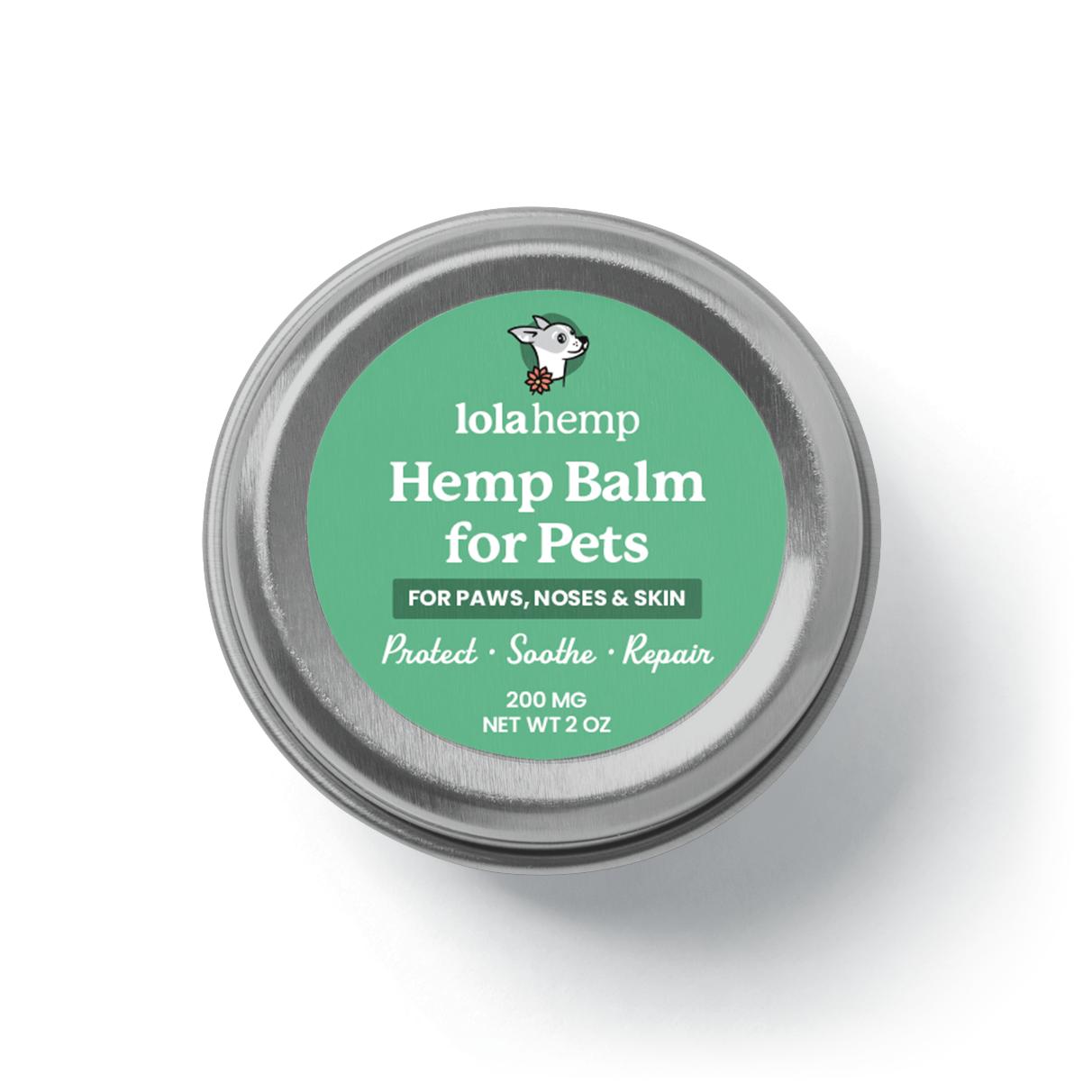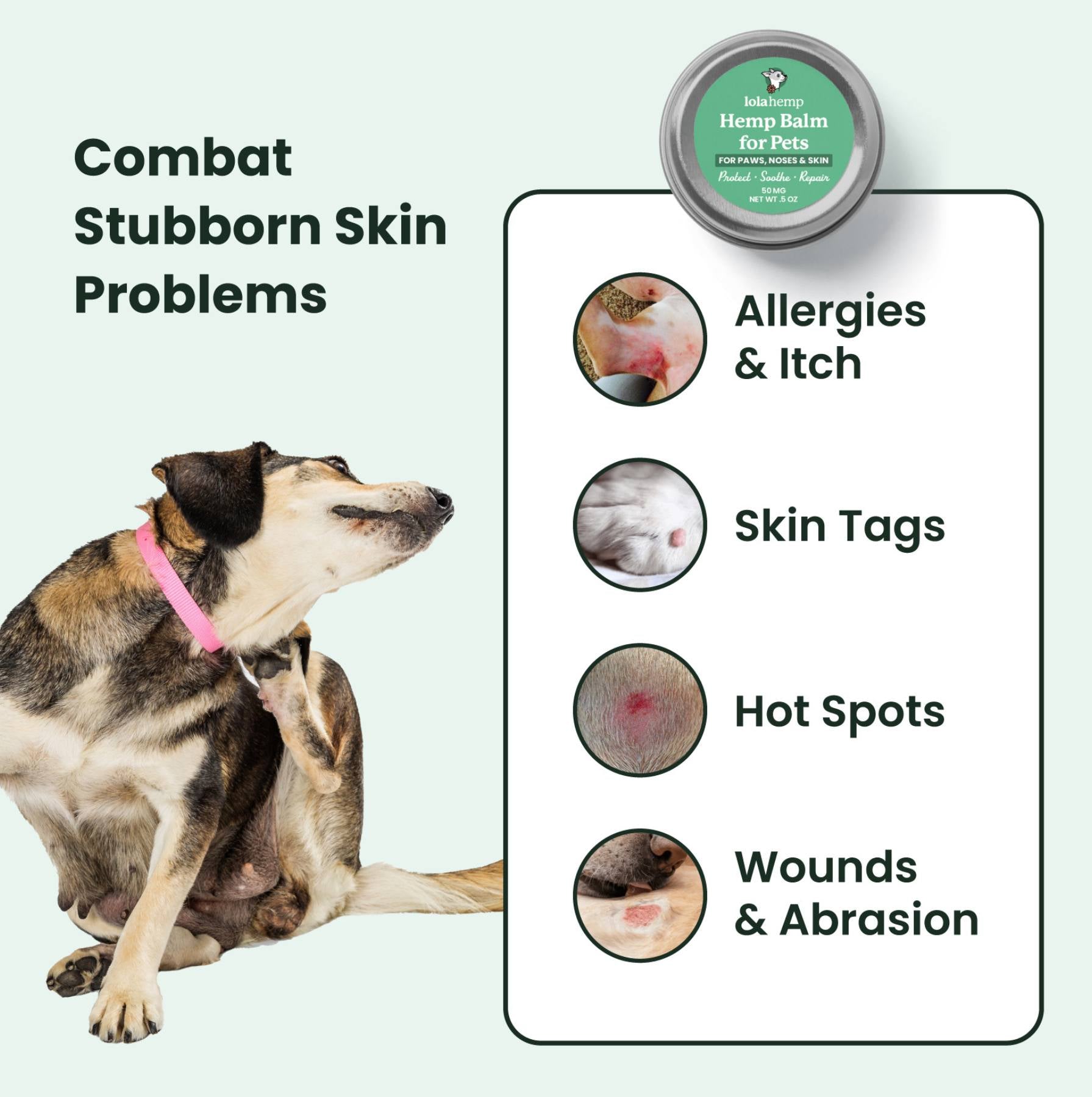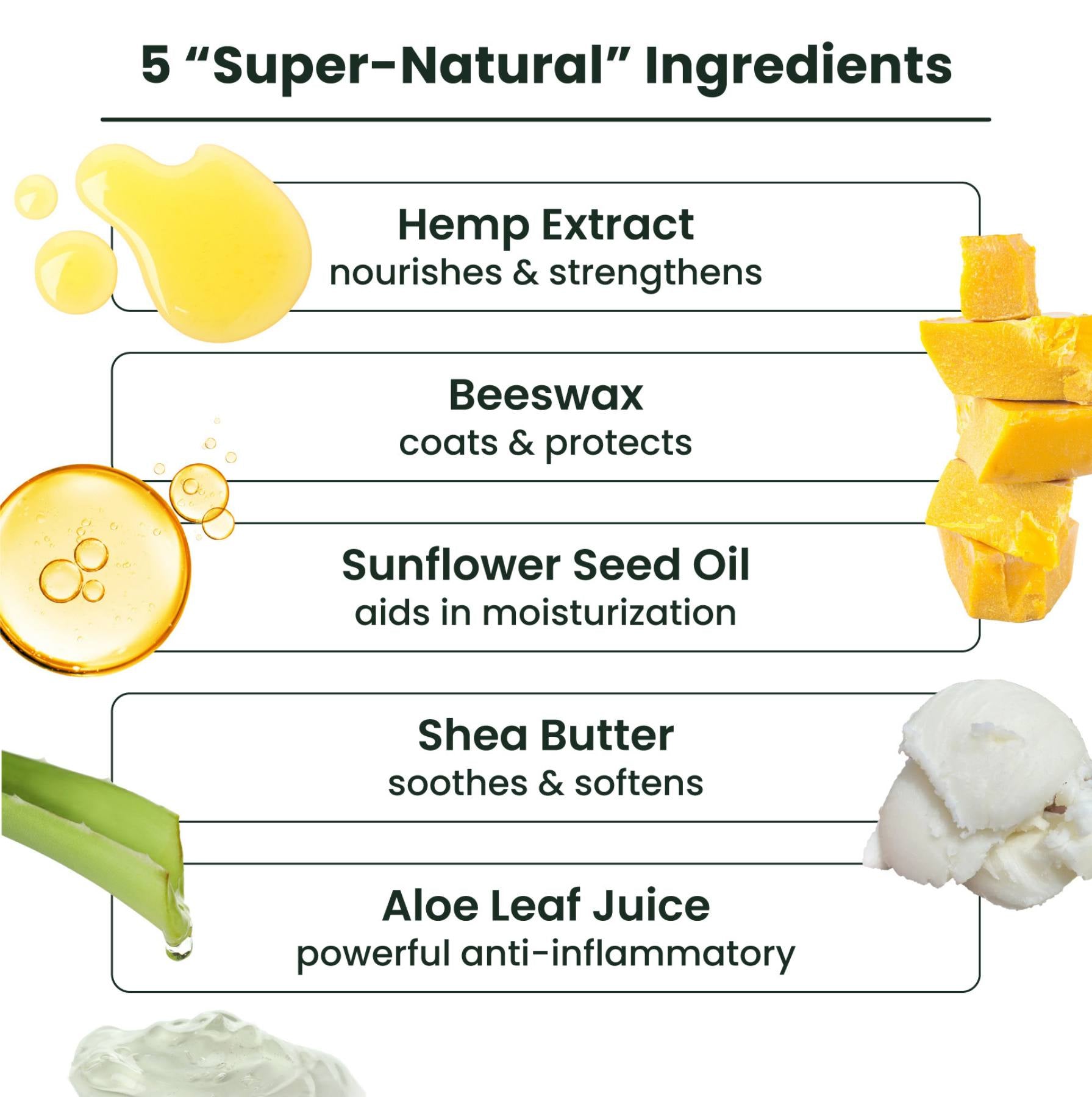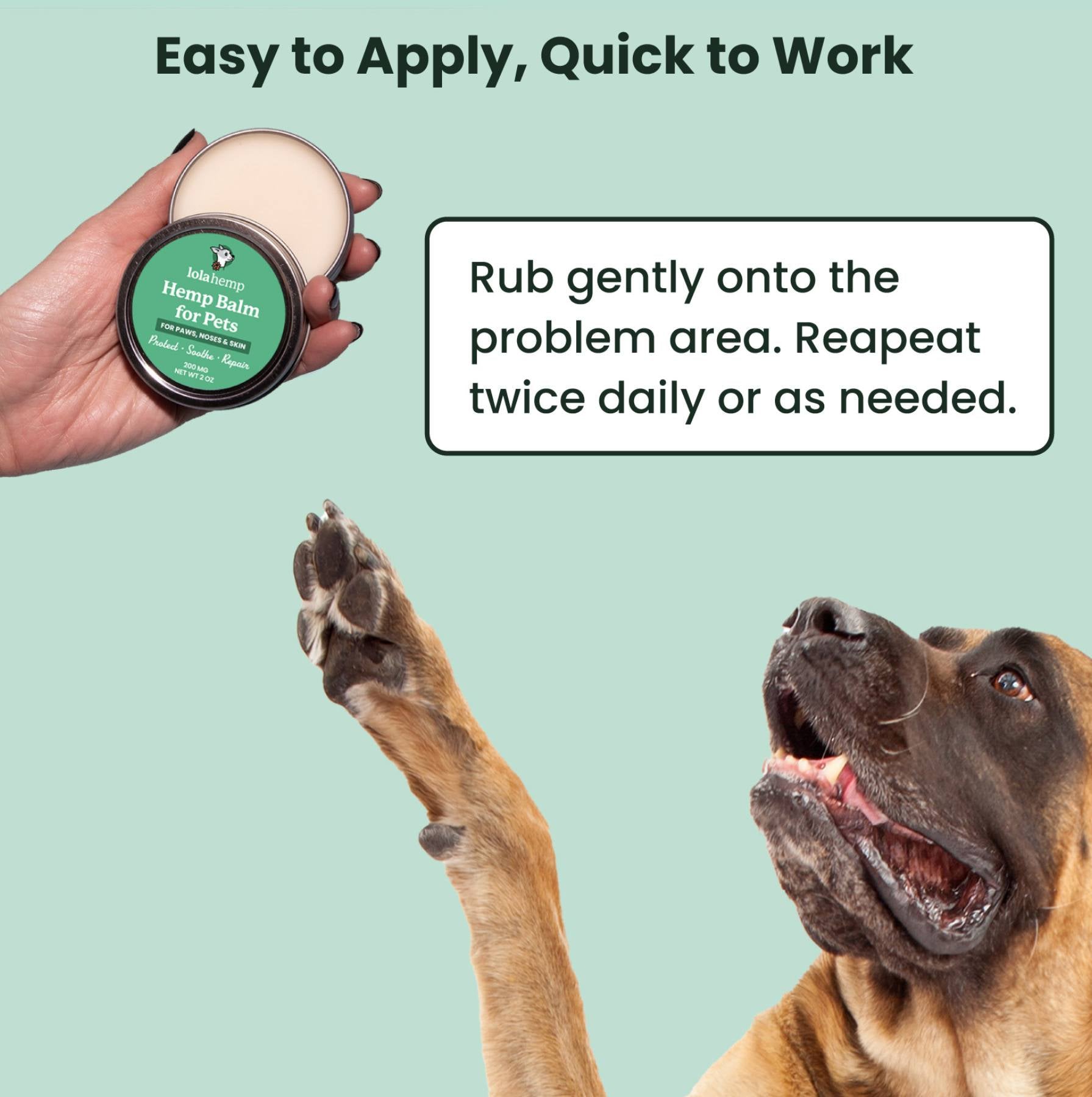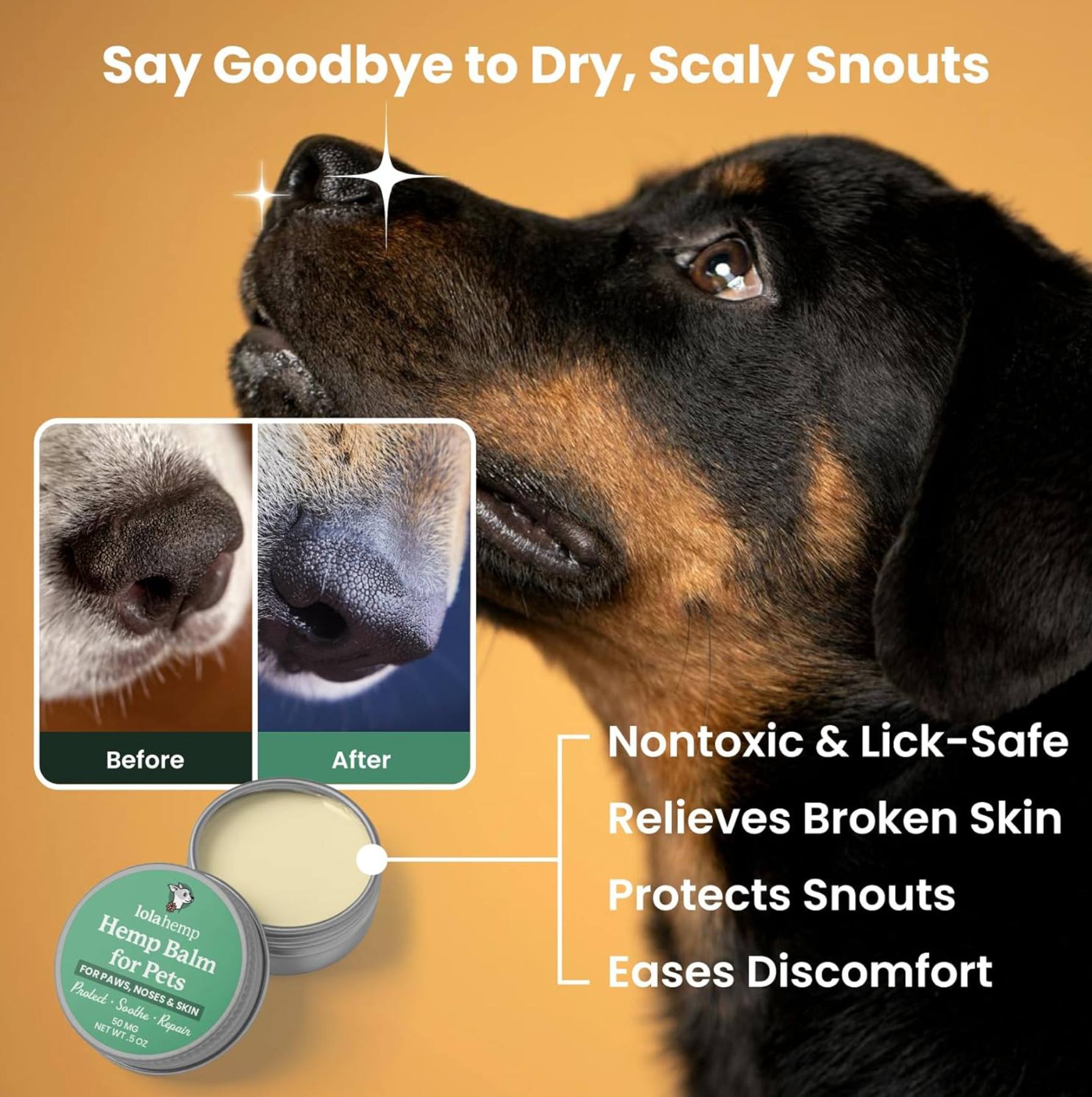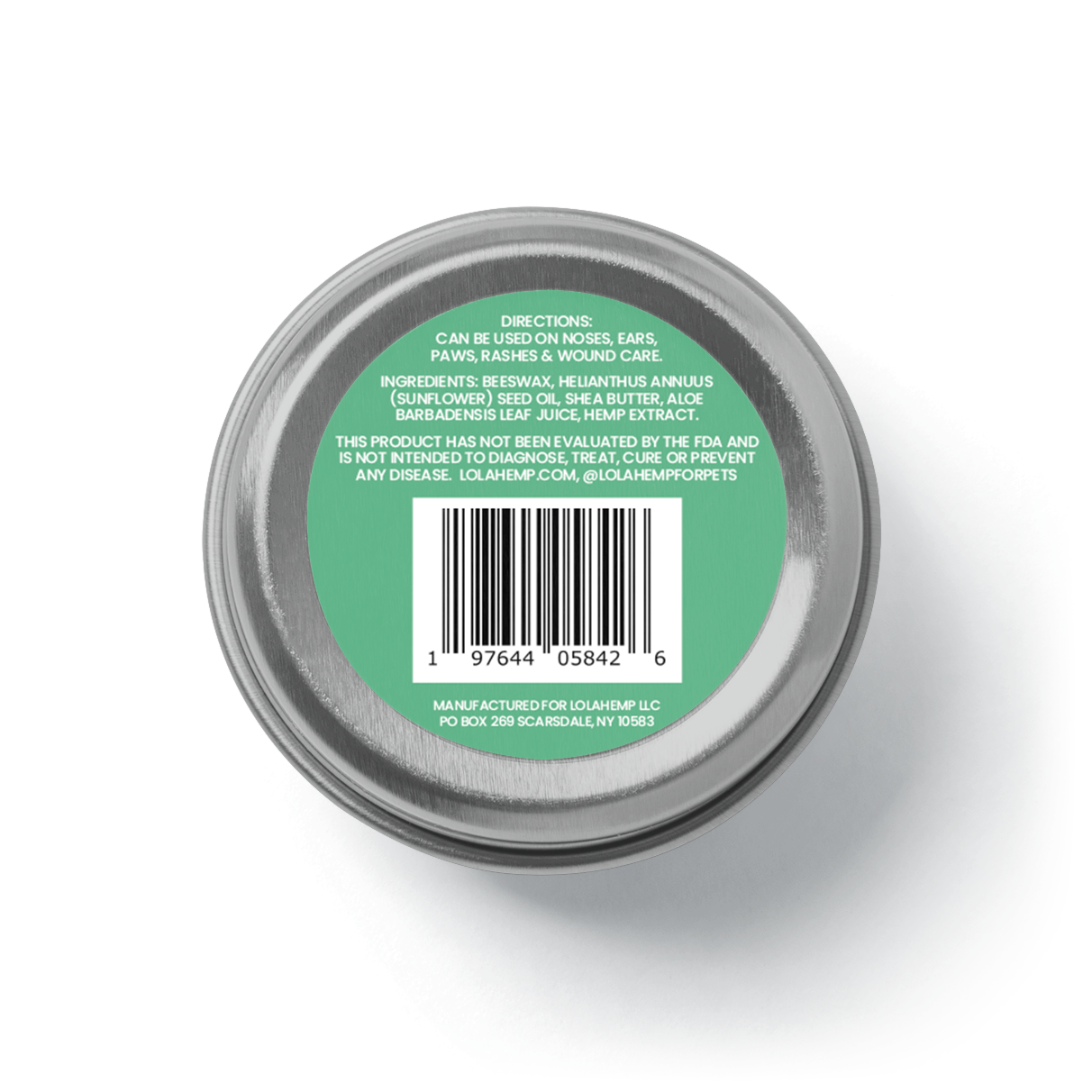Ringworm, despite its name, has nothing to do with worms and is not actually a worm. Instead, it's a fungal infection that affects your dog's skin, hair, and sometimes even dogs' nails. In many cases, the initial symptoms seem like they could be caused by allergies.
The name "ringworm" comes from the characteristic circular, red, and sometimes scaly lesions that often form on the skin. Ringworm is caused by various species of fungi, including Microsporum and Trichophyton. These fungi thrive in warm and humid environments, making your dog's skin a perfect breeding ground under the right conditions.
- Causes of Ringworm in Dogs
- What are The Signs of Ringworm in Dogs?
- What to Do If You Think Your Dog Has Ringworm
- How to Treat Ringworm on Dogs
- How Long Does Ringworm Last in a Dog
- How to Prevent Your Dog from Getting Ringworm
- Can Humans Give Dogs Ringworm?
- Safety Measures When Handling a Dog with Ringworm
- The Bottomline
- Frequently Asked Questions About Ringworm on Dogs
Causes of Ringworm in Dogs
Ringworm doesn't discriminate; dogs of all breeds and sizes can get ringworm. Ringworm is highly contagious and can spread when one dog comes in contact with an infected dog.
A dog can also get ringworm from contaminated objects or environments, such as grooming tools, bedding, or communal pet spaces.
Canine Ringworm Risk Factors
While any dog can get a ringworm infection, certain factors can increase their susceptibility to this fungal infection.
A dog with a compromised immune system or one with underlying health conditions is more at risk. Puppies and senior dogs are also more vulnerable.
Environmental factors, like living in a humid climate or sharing space with other infected animals, can elevate the risk. Additionally, dogs with skin abrasions or injuries are more likely to contract ringworm, as the fungus can more easily penetrate broken skin.

What are The Signs of Ringworm in Dogs?
Recognizing the symptoms and signs is paramount to swiftly addressing this fungal foe. Ringworm manifests itself in several ways, and the presentation can vary from dog to dog.
-
Circular Lesions: These circular, red, and sometimes scaly lesions on the skin, are often accompanied by hair loss. They can appear on the head, ears, paws, or body.
-
Itchiness: While not always present, some dogs may experience itching and discomfort, leading to scratching and exacerbating the condition.
-
Crusty Patches: Raised, crusty patches on the skin.
-
Inflamed Skin: Redness and inflammation of the affected areas.
-
Spreading Ringworm: Over time, the lesions can expand in size, creating a larger circular pattern.
Remember that not all dogs with ringworms will display all of these symptoms. Some may have only one or two, making early detection all the more critical.

What to Do If You Think Your Dog Has Ringworm
Diagnosing ringworm infestations in dogs is a bit of a detective's job, requiring keen observation and specialized tools. When you suspect your dog may have ringworm, it's vital to consult a veterinarian to properly diagnose ringworm.
It's crucial to rely on a veterinarian's expertise for accurate diagnosis of ringworm infestations. Self-diagnosis or home remedies can often lead to delays in treatment and worsening of the condition.

How to Treat Ringworm on Dogs
Once ringworm has been diagnosed, it's time to roll up our sleeves and start the battle against this fungal intruder. Let's look at some of the options for treating ringworm in dogs.
-
Anti-fungal Medications: Oral medication, such as griseofulvin, itraconazole, or terbinafine, are often prescribed to combat the fungal infection from the inside out. An oral anti-fungal drug can take several weeks to show results, so patience is key.
-
Topical Therapy: Antifungal creams or ointments can be applied directly to the skin. These topical treatment options can help soothe symptoms and prevent further spread of the fungus.
-
Antifungal Shampoo: Medicated shampoo containing antifungal agents, like ketoconazole or chlorhexidine, can be used to bathe your dog and treat affected hair or skin.
-
Environmental Cleaning: To prevent reinfection, thoroughly cleaning your dog's living environment is essential. This step includes washing bedding, grooming tools, and any surfaces your dog frequents with anti-fungal solutions.
Remember, to successfully treat ringworm infections you must be consistent and adherence to your veterinarian's instructions.
How Long Does Ringworm Last in a Dog
Recovery from ringworm is not a sprint; it's a marathon that can last up to 6 weeks. The exact timeline can vary, depending on several factors, including the severity of the infection, the treatment chosen, and your dog's overall health. Generally, you can expect the recovery process to unfold in stages.
Completing the full course of treatment and following your vet's advice is essential to ensure your dog is truly ringworm-free. With patience, diligence, and expert guidance, you can look forward to the day when your furry companion is back to their happy, healthy self.

How to Prevent Your Dog from Getting Ringworm
Preventing canine ringworm is a proactive approach that can save both you and your furry friend from the hassles of dealing with this stubborn fungal intruder. Let's delve into some effective preventive measures.
-
Regular Grooming: Consistent grooming not only keeps your dog looking dapper but also helps you spot any skin abnormalities early. Be vigilant for any signs of ringworm, such as circular lesions or hair loss.
-
Maintain a Clean Environment: Keep your dog's living space spick and span. Regularly clean and disinfect bedding, toys, and communal areas. This minimizes the risk of fungal spores lingering in the environment.
-
Isolation of Infected Dogs: If you suspect or confirm that your dog has ringworm, isolate them from other pets in your household to prevent the spread of the infection. Consult your veterinarian for guidance on how long isolation should continue.
-
Avoid Sharing Items: Don't let your dog share grooming tools, food bowls, or bedding with other dogs, especially if one of them has ringworm. Fungal spores can easily transfer from one item to another.
Can Humans Give Dogs Ringworm?
Yes, humans can indeed give ringworms to their dogs. Alternatively, dogs can give humans ringworm.
Ringworm is zoonotic, meaning it can transfer between animals and people. The fungus responsible for ringworm can be transmitted through direct contact with an infected dog's skin, fur, or items they've come into contact with, such as grooming tools or bedding.

Safety Measures When Handling a Dog with Ringworm
Here are some tips for keeping yourself safe;
-
Wear Protective Clothing: When handling an infected dog, especially during treatments or cleaning routines, consider wearing long sleeves, pants, and gloves to minimize skin contact.
-
Hand Hygiene: Wash your hands thoroughly with soap and warm water after any interaction with an infected dog or their belongings. This is a simple yet effective measure to prevent the spread of ringworm fungus.
-
Limit Close Contact: While it's essential to provide care and comfort to your infected pet, minimize direct contact, especially with vulnerable individuals in your household.
-
Consult a Physician if Symptoms Arise: If you develop any skin lesions or suspect you've been exposed to ringworm, consult a healthcare professional promptly for proper diagnosis and treatment.
Ringworm lesions in dogs should not cause undue panic, but it does warrant responsible handling and hygienic practices and controlling environmental contamination.
The Bottomline
Ringworm in dogs may be a formidable fungal foe, but armed with knowledge and vigilance, we can effectively manage and prevent its presence in our beloved canine companions.
Preventive measures, such as regular grooming, maintaining a clean environment, and isolating infected dogs, can significantly reduce the risk of ringworm.
Taking these proactive steps and adhering to safety protocols can keep our dogs and our families safe, ensuring a happy, healthy, and ringworm-free life together.
Frequently Asked Questions About Ringworm on Dogs
What are the first signs of ringworm on dogs?
The first signs of ringworm on dogs often include circular areas of hair loss, red or scaly skin, crusty patches, and sometimes mild itchiness. Lesions may appear on the head, ears, paws, or body and can slowly spread outward over time.
How is ringworm on dogs diagnosed by a veterinarian?
Ringworm on dogs is usually diagnosed by a veterinarian using tools such as a Wood's lamp, microscopic examination of hairs or skin scrapings, and sometimes fungal culture. Because other skin problems can look similar, professional diagnosis is important before starting treatment.
What treatments are used for ringworm on dogs?
Treatments for ringworm on dogs can include oral antifungal medications, topical creams or ointments, medicated antifungal shampoos, and thorough environmental cleaning. Your veterinarian will recommend a plan based on the severity of the infection and your dog's overall health.
How long does ringworm on dogs usually last?
With appropriate treatment, ringworm on dogs often improves within a few weeks, but complete resolution can take up to six weeks or longer. It is important to follow your veterinarian's instructions and continue treatment for the full recommended duration.
How can I prevent ringworm on dogs from spreading to people or other pets?
To prevent ringworm on dogs from spreading, isolate affected pets, avoid sharing grooming tools or bedding, clean and disinfect the environment regularly, and wash your hands after handling the dog. Because ringworm is zoonotic, consult your veterinarian and your physician if anyone in the household develops suspicious skin lesions.

